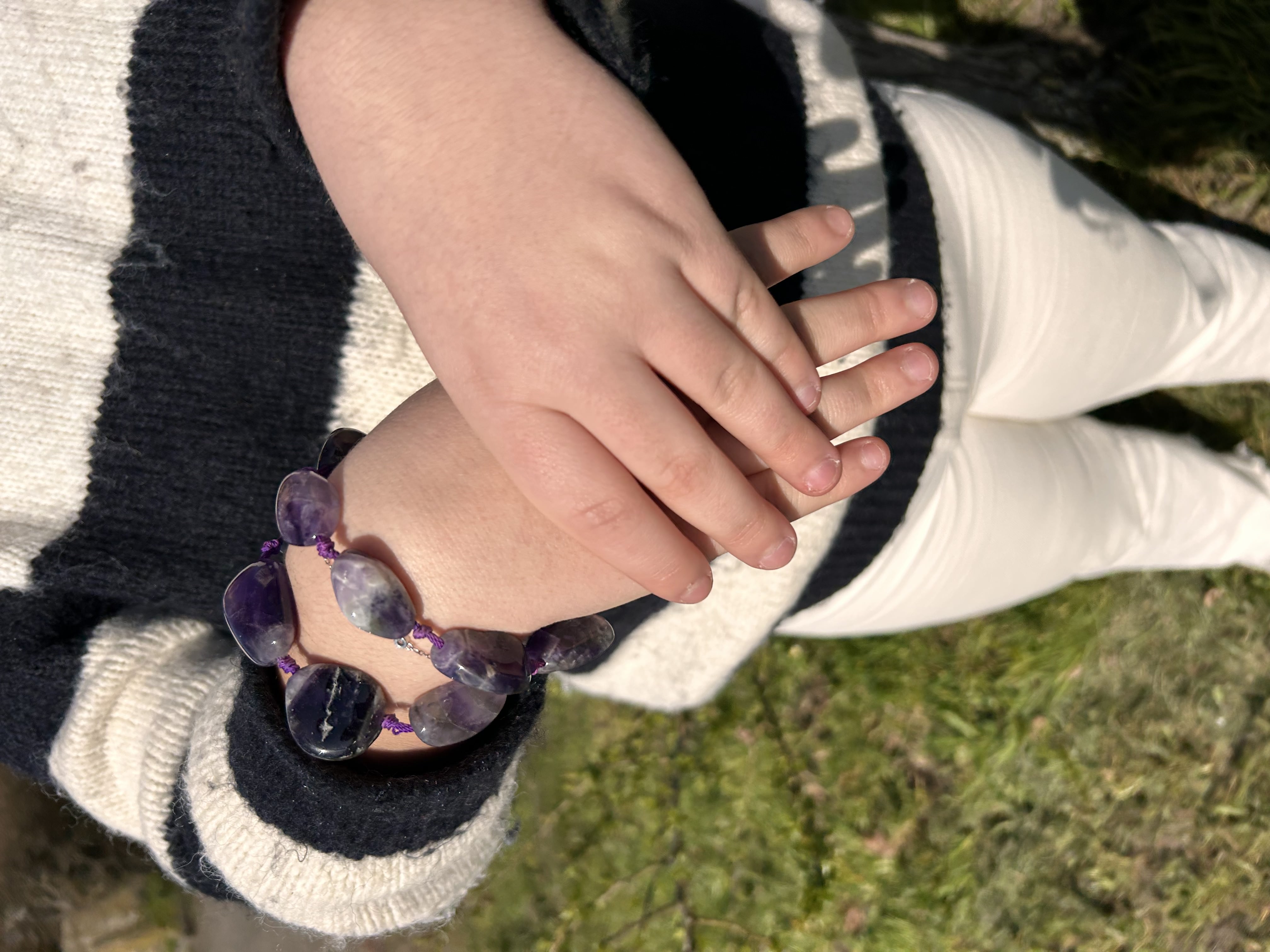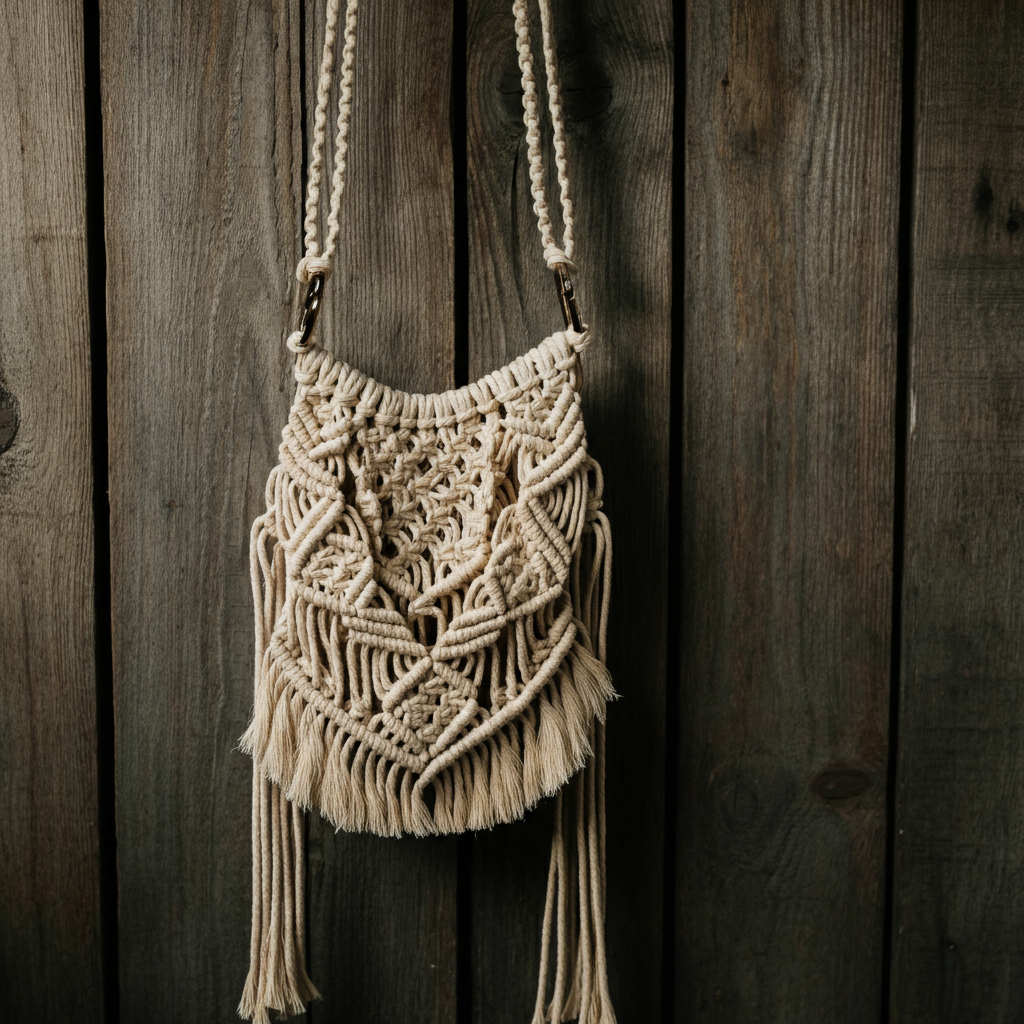In a world where consuming with a conscience is becoming less of a trend and more of a necessity, the wholesale jewelry industry faces a monumental shift toward more ethical and sustainable practices. For the jewelry aficionado who wants to sparkle without the guilt, understanding and appreciating the value of ethical and sustainable jewelry is pivotal. This comprehensive guide will navigate you through the glittering sea of ethical jewelry, outlining its significance, defining key terminology, and providing actionable insights for both consumers and brands.
Introduction: Jewels That Tell a Tale of Morality and Environment
Jewelry is deeply personal, often a marker of meaningful moments and cherished memories. However, as the nuances of its origins come to light, so does the consideration for the ethical and environmental implications of its creation. This section sets the stage for the ethical jewelry journey, highlighting the pressing need for sustainability and ethicality in an industry celebrated for its beauty.
The Rising Importance of Ethical and Sustainable Jewelry
Gone are the days when the allure of precious metals and gems could overshadow the unsavory conditions under which they might have been sourced. Today's consumers, especially those in the eco-conscious movement, are demanding transparency and responsibility from the brands adorning them. Ethical and sustainable practices have transitioned from desirable to indispensable, creating a ripple effect across the industry and its supporters.
Understanding Ethical Jewelry: More Than a Shine, a Sign of Purity
The term 'ethical jewelry' encapsulates a multifaceted commitment to people and the planet. In this part of the guide, we dive deeper, clarifying what 'ethical' truly means and exploring the various components that constitute ethical jewelry.
Defining 'Ethical Jewelry': Certifications and Criteria
To call a piece of jewelry 'ethical' entails a certification that it upholds certain standards. Diving into the specifics of these certifications, such as Fairmined and Fairtrade, we unpack the ethical criteria necessary for a piece to bear the label. Fairmined certification is a testament to gold and other precious metals mined under stringent standards that ensure socially responsible practices. It assures consumers that the mining organizations adhere to ethical practices that provide miners a fair wage and labor conditions while also focusing on environmental protection. On the other hand, Fairtrade certification transcends the realms of safe working conditions and just compensation; it includes strict criteria on child labor, gender equality, and contributes to economic empowerment of the mining communities. Both Fairmined and Fairtrade certifications for stones and metals not only support ethical mining communities but also play a vital role in minimizing the ecological footprint of the jewelry industry, ensuring that the true cost of jewelry is not detrimental to people or the planet.
Natural stones sourcing
When it comes to the ethical sourcing and mining of natural stones, the process is meticulous, prioritizing the welfare of both the environment and the communities involved. Ethical sourcing begins with traceability, ensuring that each stone can be tracked back to its original location. Mines that adhere to ethical practices follow stringent guidelines that minimize environmental impact and prioritize safe, fair labor conditions. This involves the implementation of responsible water and soil management practices, rehabilitation of mined areas, and the reduction of carbon emissions throughout the extraction process. Additionally, working conditions are held to high standards: fair wages, health and safety regulations, and no tolerance for child labor. By choosing natural stones from mines with such credentials, consumers can trust that their beautiful gems do not tarnish the hands that brought them to light.
Responsible Sourcing of Materials: Lab-grown diamonds
Lab-grown diamonds, often hailed as the modern alternative to mined stones, are a testament to technological advancement reflecting an ethical stance in jewelry production. These diamonds, also known as synthetic or cultured diamonds, are cultivated in controlled laboratory environments that emulate the natural conditions under which diamonds develop. There are two primary methods used to produce lab-grown diamonds: High-Pressure High-Temperature (HPHT) and Chemical Vapor Deposition (CVD).
High-Pressure High-Temperature (HPHT), the older of the two techniques, replicates the natural formation of diamonds deep within the Earth’s mantle. In this method, a small diamond seed is placed in carbon, the element a natural diamond is made of, and exposed to temperatures of about 1,400°C and pressures of approximately 5.5 GPa. Over time, the carbon melts and starts to form a diamond around the seed.
Chemical Vapor Deposition (CVD), on the other hand, involves a diamond seed being placed in a sealed chamber and heated to around 800°C. The chamber is filled with a carbon-rich gas, typically methane along with other gases. The gases are ionized into plasma using technology similar to the methods used in microelectronics manufacturing. As the gases are energized, carbon atoms begin to rain down on the diamond seed, layer by layer, gradually building up into a crystal structure over the course of several weeks.
The differences between lab-grown and mined diamonds are negligible in terms of physical, chemical, and optical properties; they are virtually indistinguishable. Both have the same chemical composition of pure carbon in a crystalline structure and share the same hardness, refractive index, and dispersion. The primary difference lies in their origin and the environmental and ethical implications of that origin. Lab-grown diamonds minimize the extensive ecological damage associated with traditional diamond mining, such as land degradation, ecosystem disruption, and carbon footprint. Moreover, they provide a guarantee against conflict diamonds, which have historically been a source of funding for violence and exploitation in war-torn areas.
While lab-grown diamonds are less impactful than their mined counterparts, it is also important to note that they are not entirely without environmental cost, as their creation requires significant energy. However, with advancements in technology and the increasing use of renewable energy sources in production, the lab-grown diamond industry is moving towards a more sustainable and environmentally conscious future, providing consumers with a more ethical choice to adorn themselves with a clear conscience.
Fair Trade Practices: The Golden Ruling
Fair trade isn't a one-way street; it's a network that aims to benefit everyone involved, from miners to consumers. This part celebrates the brands and initiatives that champion these practices, giving consumers the peace of mind that their jewelry adorns more than just their bodies.
Sustainable Jewelry Practices: Crafting a Greener Path
Sustainability and the jewelry industry may seem like unlikely bedfellows, but they are increasingly becoming synonymous. This section examines how the jewelry sector is embracing sustainability, from the workshop to the showroom.
Environmental Considerations: From Earth to Elegance
The extraction and refining processes of jewelry materials often leave a significant environmental footprint. Here, we explore how this impact can be minimized, looking at alternative practices that lessen the industry's load on the planet.
Recycling and Upcycling: Legacy in a Loop
The concept of recycling and upcycling in jewelry is not new, but it's undergoing a renaissance. Sustainable brands are leading the charge, offering designs that boast a legacy in a loop, transforming old into new with creativity and consciousness.
Use of Eco-Friendly Materials: Gems of a Different Color
Green isn't just for emeralds anymore; it's a hue that the entire gem industry is starting to embrace. This part unravels the beauty of eco-friendly materials, from lab-grown diamonds to innovative, sustainable substitutes for traditional metals and gems.
Choosing Ethical and Sustainable Brands: A Pledge That Sparkles
With a growing market for ethical and sustainable jewelry, making the right choice isn't just about aesthetics; it's a dedication to a brand's ethos. This section equips consumers with the tools to vet and select brands that align with their ethical values.
Researching Brand Practices: The Jeweler's Profile
Every piece of jewelry has a story that begins long before it's ever adorned. By delving into a brand's history and practices, consumers can uncover a jeweler's profile that reveals their commitment (or lack thereof) to ethical and sustainable production.
Transparent Supply Chains: Tracing Your Treasure's Tales
A supply chain should be as transparent as the jewels it delivers. Brands that are open about their sources and processes are promising more than just a beautiful bauble; they offer a treasure with a traceable tale, free from ethical ambiguities.
Social and Environmental Impact: The Legacy of a Lavish Lifestyle
The true measure of a brand's commitment to sustainability extends beyond its materials. This part examines how brands are making a positive contribution to society and the environment, ensuring that the legacy of their lavish creations is not tainted by neglect.
Conscious Consumer Tips: A Jewelry Box of Wisdom
Empowered with the knowledge of ethical and sustainable jewelry, this section offers practical advice for the vigilant consumer. From shopping strategies to care tips, it's a jewelry box of wisdom for those who want to wear their principles with pride.
Buying Second-Hand Jewelry: A History of Resplendence
In a world that often values newness, second-hand jewelry can offer a history of resplendence at a fraction of the ethical and environmental cost. This part navigates the world of pre-loved jewelry, showcasing its unique benefits and where to find such treasures.
Investing in Timeless Pieces: A Diamond in the Trend
Trends come and go, but timeless pieces endure. By selecting jewelry that transcends fads, consumers are not only investing in longevity but also promoting sustainability in their own collections.
Taking Care of Jewelry: A Responsibly Adorned Legacy
The care and maintenance of jewelry may seem trivial, but it's a vital component of ethical consumption. Proper care not only preserves a piece's beauty but ensures that it remains a responsibly adorned legacy for future generations.
Promoting Ethical and Sustainable Jewelry: Sparking Change in the Industry
The responsibility for a sustainable and ethical industry doesn't just fall on consumers; it's a collective effort. This section outlines how individuals can promote ethical and sustainable jewelry, advocating for change within the industry.
Case Studies of Sustainability in the Jewelry Industry
As we pivot towards a more sustainable future, the jewelry industry has taken notable strides in embracing eco-conscious practices. According to research in 2023, several upper-tier jewelry brands have showcased their commitment to sustainable processes. (2023, Yunzhi Lin, Na Sai)
Saint Laurent
Saint Laurent has innovated by increasing the efficiency of leather cutting to reduce waste. The brand repurposes leftover leather cord from handbag production, creating small leather goods. Newly opened stores feature floors made from leather trimmings, embodying the brand's effort to give these materials a second life.
Bottega Veneta
Bottega Veneta has engaged its design team in circular fashion courses, emphasizing sustainability in the fashion industry. The brand incorporates biodegradable polymers and recyclable plastics in its footwear and ready-to-wear collections, and recycles nylon. Notably, the Bottega Series collection aims to transcend seasonality, crafting timeless pieces that can be inherited by successive generations.
Balenciaga
The Balenciaga Winter '22 collection made headlines with its use of EPHEATM, an innovative material derived from mushrooms, showcased in a unique long hooded wrap coat. Balenciaga's combined men's and women's collections reflect an efficient use of materials, diminishing the brand's environmental footprint.
Alexander McQueen
Alexander McQueen has partnered with Vestiaire Collective to implement a pioneering 'Brand Certified' buy-back recycling solution. This initiative underlines the brand's dedication to sustainable lifecycle management of its apparel.
Boucheron
Boucheron introduced the Jack de Boucheron Ultime concept collection in 2022, which reimagines the collection's simplicity using Cofalit, a material crafted from recycled industrial by-products. The brand also launched 'Precious For The Future', presenting its first social and environmental impact report, delineating commitments across raw material sourcing, operational processes, and dedication to inclusion and diversity.
Pomellato
Lastly, Pomellato has incorporated the art of kintsugi, where Japanese artists meticulously restore damaged stones with gold, a testament to the beauty in preservation and the value of sustainable restoration practices.
Encouraging Brands to Adopt Responsible Practices: The Voice That Shines
Consumers wield significant power through their voices and their dollars. By advocating for more responsible practices, they can catalyze change in the jewelry industry, influencing brands to polish their ethical credentials.
Educating Others About the Importance of Ethical Jewelry: Spreading the Sparkle of Awareness
Awareness is the first step toward action. By educating friends, family, and fellow jewelry lovers about the significance of ethical jewelry, consumers can magnify their impact, helping to build a more conscious market.
Conclusion: The Sparkle of a Sustainable Future
Ethical and sustainable jewelry is more than a fleeting fashion statement; it's a commitment to the planet and its people. As we conclude our journey through this sparkling world, let us reflect on the power that each of us holds to shape the industry for the better.
In choosing ethical and sustainable jewelry, we not only elevate our style but also contribute to a more vibrant and ethical world—one adorned with conscience and compassion. The future of jewelry is glittering with hope, and the ethicality and sustainability we embrace today will pave the way for the generations that follow.
As we sign off, remember that the most radiant aspect of any piece of jewelry is not the glimmer it casts but the values it embodies. May your jewelry always sparkle, your conscience be clear, and your commitment to a sustainable and ethical future never wane.




